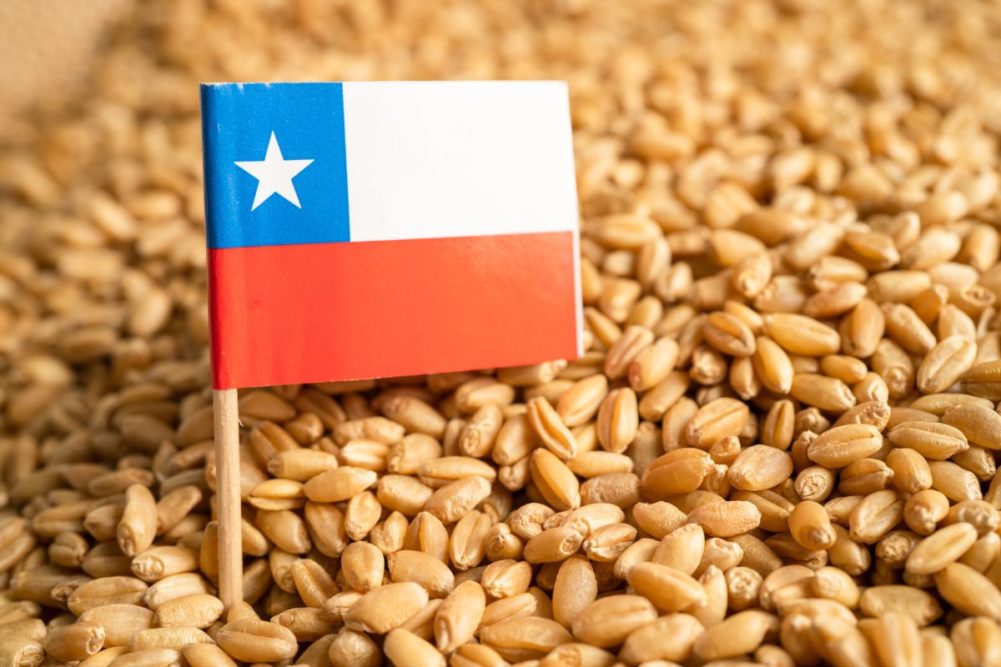SANTIAGO, CHILE — High input costs, low prices and tight margins for wheat in Chile will continue a nearly decade-long trend of fewer harvested hectares and lower production in marketing year 2024-25, according to a Global Agricultural Information Network (GAIN) report from the Foreign Agricultural Service (FAS) of the US Department of Agriculture.
The report, released on March 29, estimated that harvested wheat area will total 195,000 hectares, a 2.5% decrease from 2023-24, pushing down production to 1.17 million tonnes, a drop from 1.2 million. Improved yields on planted hectares due to greater water availability and improved farmer efficiency following a decade of drought conditions will mitigate some production loss.
“Any increase in wheat prices is offset by the high cost of inputs, such as fertilizers, which will limit the potential increase in harvested area,” said the FAS, which noted this has been the trend since 2015-16 for the South American nation of 20 million.
Corresponding with the production decrease, wheat imports for 2024-25 are projected to go up by 3.6% over 2023-24 and reach 1.45 million tonnes. A total supply of 2.68 million tonnes will help satisfy consumption of 2.61 million tonnes, with ending stocks at 60,000 tonnes.
“Wheat is used mainly for bread production,” the FAS said. “In Chile, bread is considered a staple food, and its demand is inelastic. As a result, Post does not foresee a large increase or decrease in the domestic consumption of wheat.”
The main sources for Chilean wheat imports are Canada and the United States. In the past, Argentina positioned itself as the main supplier of wheat to Chile, due to its competitive price and proximity sharing a long border. However, with an intense drought in Argentina, imports from that country decreased by nearly 53% in 2022-23, making it now the third top supplier.
Corn production for Chile is forecast at 630,000 tonnes in 2024-25, a 0.3% increase from the previous year due to unchanged area harvested and slightly higher yields. Imports will increase by 3.5% to 2.4 million tonnes to cover domestic consumption.
Decreased corn prices will keep harvested hectares at a stagnant 50,000 hectares, the FAS said.
“Despite facing low prices and high input costs, corn area planted does not decrease drastically because there is a demand for feed and because farmers also use corn for crop rotation,” the FAS noted. “Area planted growth remains limited by the high cost of inputs, such as fertilizers, which are mostly imported.”





